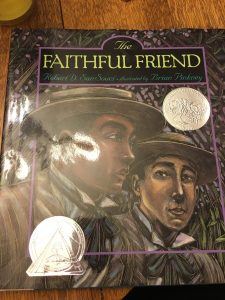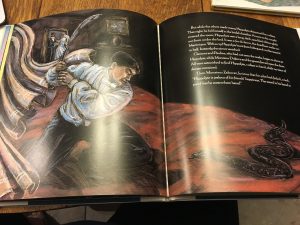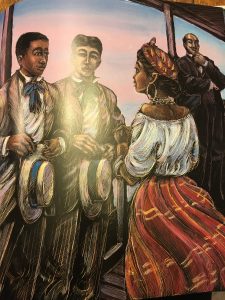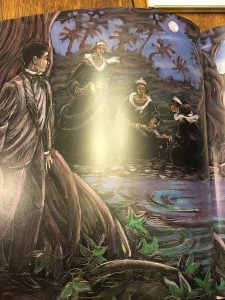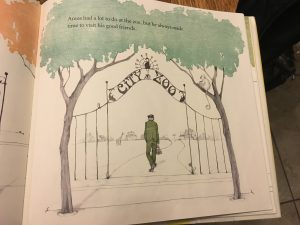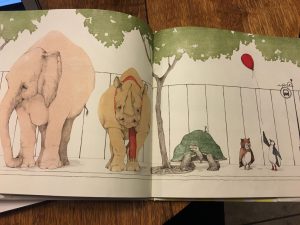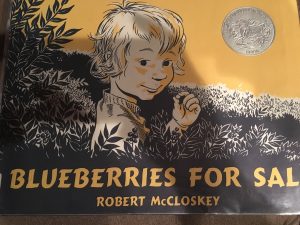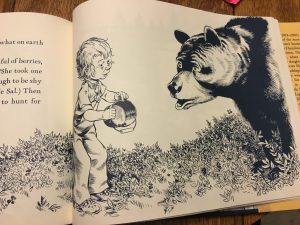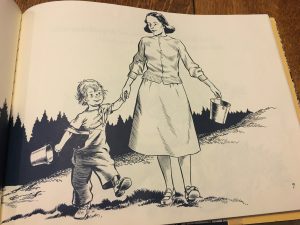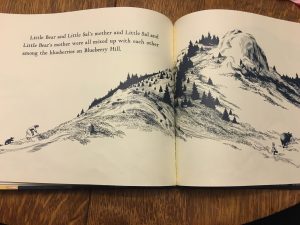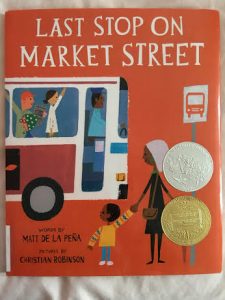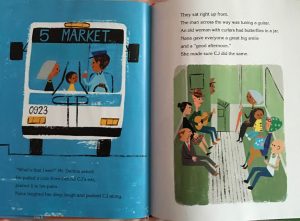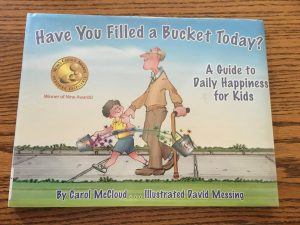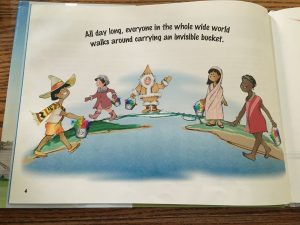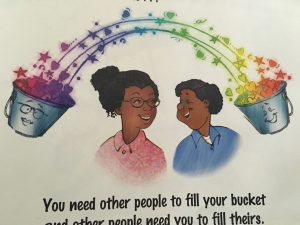![IMG_9622 [405979]](https://blogs.iwu.edu/lrbmt2016/files/2016/05/IMG_9622-405979-222x300.jpg) Author/Illustrator: Oliver Jeffers
Author/Illustrator: Oliver Jeffers
Publisher and Year: Philomel Books, 2008
Number of Pages: 40
Genre: Fantasy/Fable
![IMG_9623 [405980]](https://blogs.iwu.edu/lrbmt2016/files/2016/05/IMG_9623-405980-169x300.jpg)
Analysis: “The Great Paper Caper” is about an aspiring bear who dreams of winning a paper airplane competition finds himself in a pickle when he is exposed for cutting down a lot of trees. After he explains why he cut down the trees, the town takes interest in his ideas. This book works as a window into an imaginary world that most would otherwise never experience. Close to all of the power seems to be distributed throughout the jungle, as all of the animals come to the conclusion that someone must be held responsible for the missing trees. The jungle in this book seems somewhat like real life (with an interrogation process and “cops”) so some of the power also lies in their hands. Because the bear was interfering with the daily routines of the jungle (and ultimately the world), he was disliked and considered an enemy by the majority. The bear was ostracized because of his different ideas, which is typically how society deems what is normal and what is not.
Perceptually, this book has very little words and the words are spaced out, so the main focus was on the pictures. The bear never actually speaks in the book, we are only told what he is saying.
Structurally, this story is told with pictures and thought bubbles. The bear continuously walks to the right and appears lower on the page when he is confronted by everyone, but then appears on the top of the page when everyone applauds him for having such a great idea, perhaps to show a change in status.

